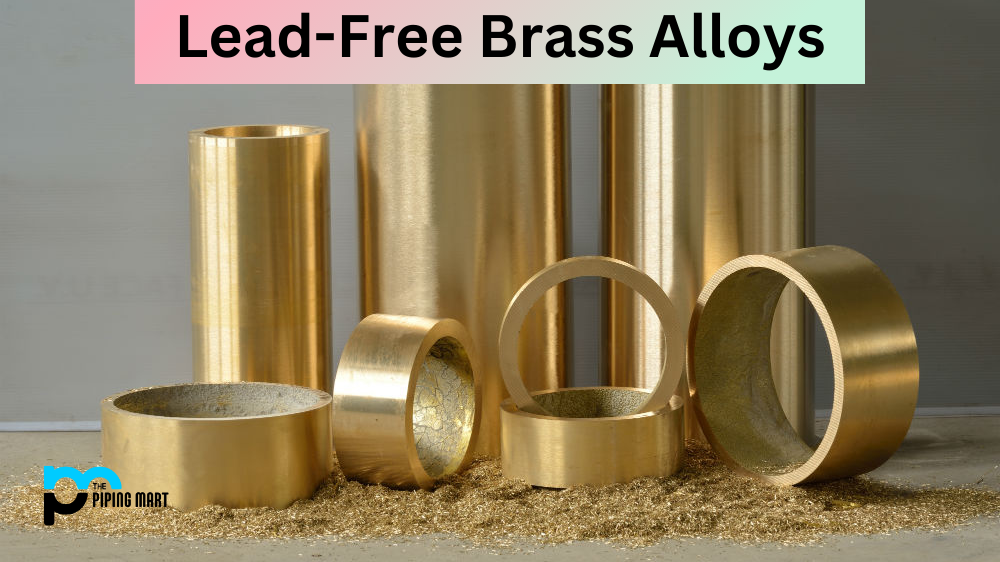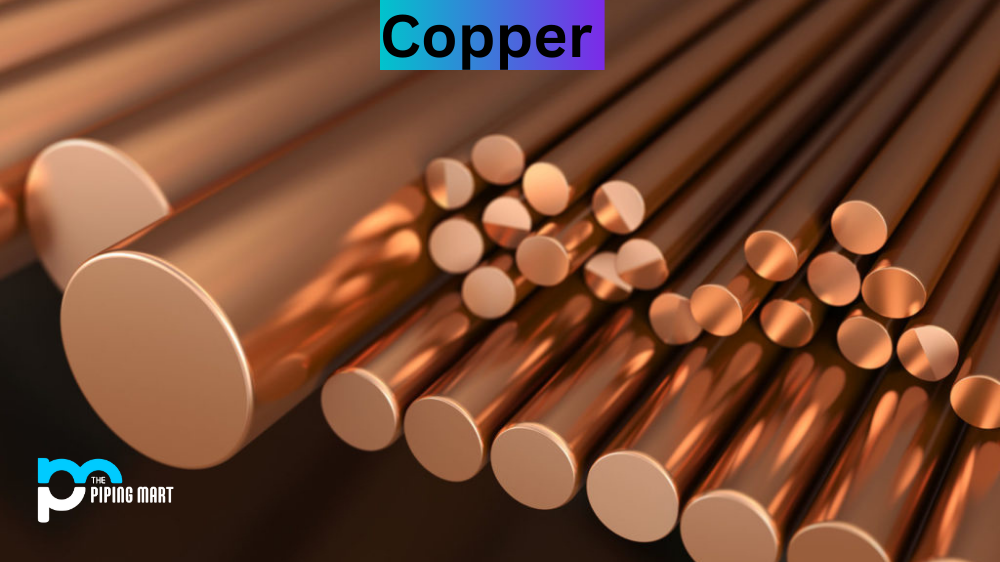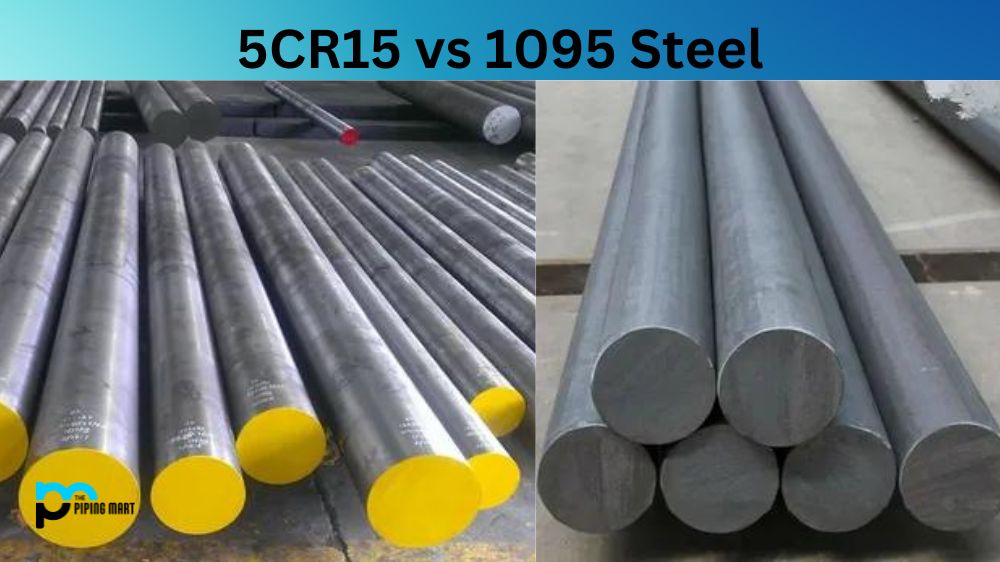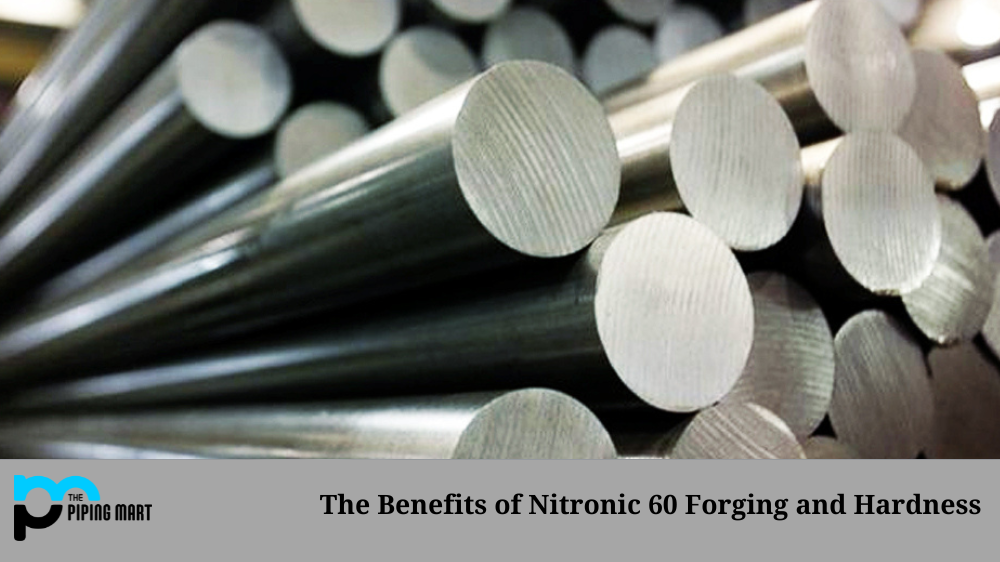Lead-free brass alloys are becoming increasingly popular in the manufacturing and engineering industries due to their excellent mechanical properties, corrosion resistance, and cost-effectiveness. In this blog post, we’ll explore the chemical composition of lead-free brass alloys and why they are so beneficial.
Lead-Free Brass Alloys
Lead-free brass alloys are a type of copper alloy composed primarily of zinc and copper. The ratio of these two metals will vary depending on the application for which it is being used; for example, a high copper content is preferable for machining applications, while a higher zinc content is better for applications where strength is required. Additionally, other metals, such as aluminum and manganese, may be added to improve certain properties (e.g., corrosion resistance).
lead free brass composition
Composition is key when it comes to lead free brass. This alloy has the same advantage that traditional leaded brass has in terms of cost, machinability and low weight as leaded brasses; however, lead free brass removes lead from the manufacturing process. Lead free brass tends to contain less zinc and more copper than leaded varieties, allowing for a stronger part that can resist corrosion better but does lack some of the malleability of leaded brass due to its higher copper content. Lead free brass can also be used for food-grade applications where lead would present toxicity concerns in addition to being a more environmentally friendly option for plumbers and those draining lines that come into contact with drinking water or aquatic life.
Benefits of Lead-Free Brass Alloys
The most obvious benefit to using lead-free brass alloys is that they don’t contain any lead, making them much safer to work with than traditional brass alloys that contain lead. Aside from safety concerns, lead-free brass alloys also offer many other benefits. They are highly resistant to corrosion, even in harsh environments, and they have excellent thermal conductivity—which makes them ideal for applications that require heat transfer or electrical conductivity. They also have good wear resistance and are relatively easy to machine into complex shapes if needed.
Lead-free brass alloys can also be easily soldered or welded with conventional methods; however, it should be noted that these processes will reduce the strength of the alloy somewhat due to heat treatment. Additionally, lead-free brass alloys tend to cost less than traditional brass alloys since they don’t require additional processing steps (e.g., smelting) in order to remove the lead from the alloy. This makes them an economical choice for many companies who need a strong material but don’t want to pay more for it than necessary.
lead free brass uses
Lead free brass can be used in a variety of applications, including plumbing fixtures, electrical components, and musical instruments. Lead free brass is also often used in jewelry and coins
- Lead-free brass is a type of brass that does not contain any lead.
- Lead-free brass is often used in applications where lead would be a concern, such as in plumbing or in food preparation.
- Lead-free brass is also used in some musical instruments, as lead can affect the sound of the instrument.
- Lead-free brass is more expensive than traditional brass, as it is more difficult to produce.
- Lead-free brass is less likely to cause corrosion than traditional brass, as lead is a known corrosive element.
- Lead-free brass is also less likely to cause leaching than traditional brass, as lead can leach into water and other substances.
- Lead-free brass is more environmentally friendly than traditional brass, as it does not contain any harmful materials.
- Lead-free brass can be recycled like other metals, making it a sustainable choice for many applications.
- Lead-free brass has many benefits over traditional brass, making it an excellent choice for a variety of applications.
- Lead-free brass is an excellent choice for many applications and can provide many benefits over traditional brass options
How is lead free brass made?
Lead free brass is made by adding other metals, such as zinc or tin, to replace the lead. This process is called alloying. Alloying helps to create a stronger metal that does not contain any lead.
Conclusion
In conclusion, lead-free brass alloys offer many advantages over traditional brass alloys with respect to safety, cost-effectiveness, corrosion resistance, thermal conductivity, wear resistance, machinability, and welding/soldering potential—all without sacrificing any strength or performance characteristics compared with standard brasses containing lead. As such, they are quickly becoming the go-to choice for many manufacturers seeking an affordable yet reliable material for their projects or products. If you are looking for a strong yet cost-effective material with excellent mechanical properties that won’t harm your health or break your budget—lead-free brass may be just what you need!

Meet Bhavesh, a seasoned blogger with a wealth of knowledge and experience. From metal products manufacturing to retail, Bhavesh has a diverse background in various industries and is dedicated to sharing his insights and expertise with readers.




